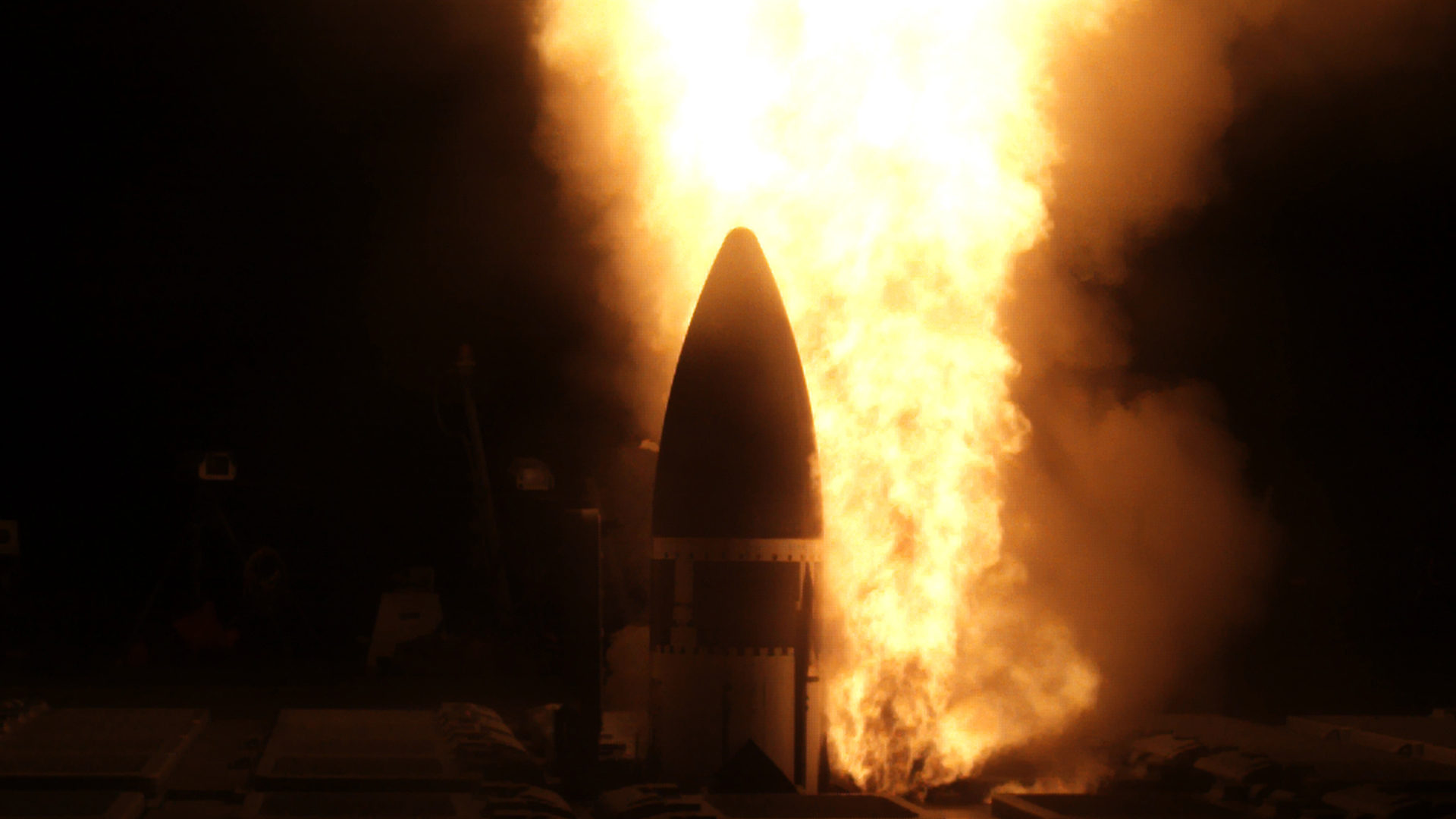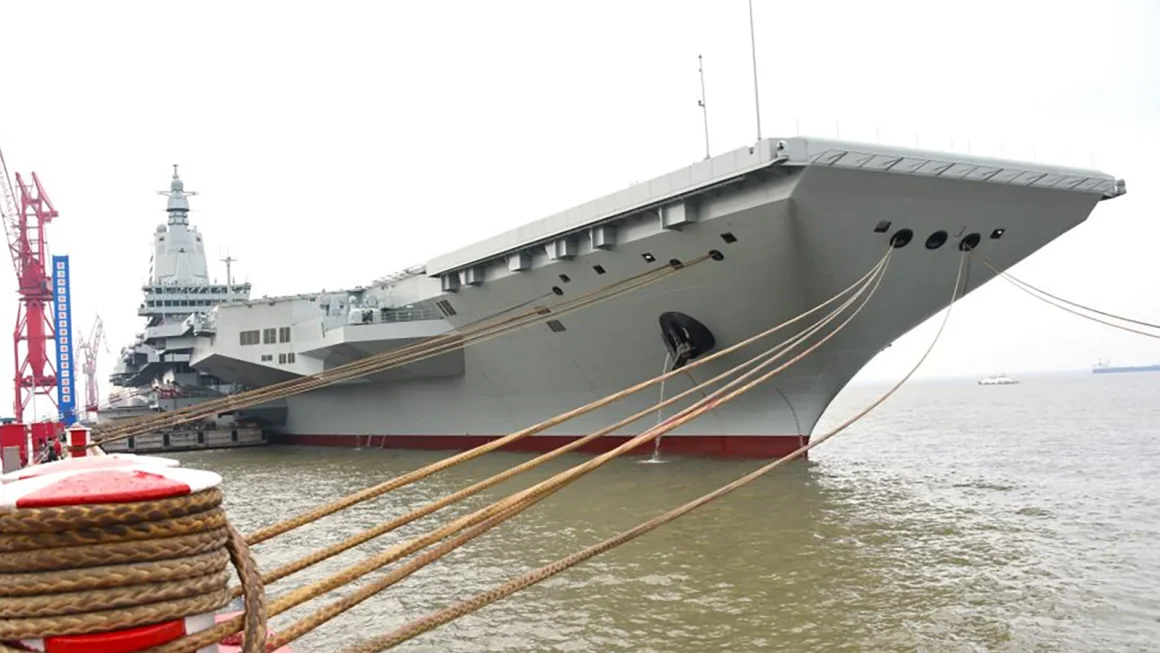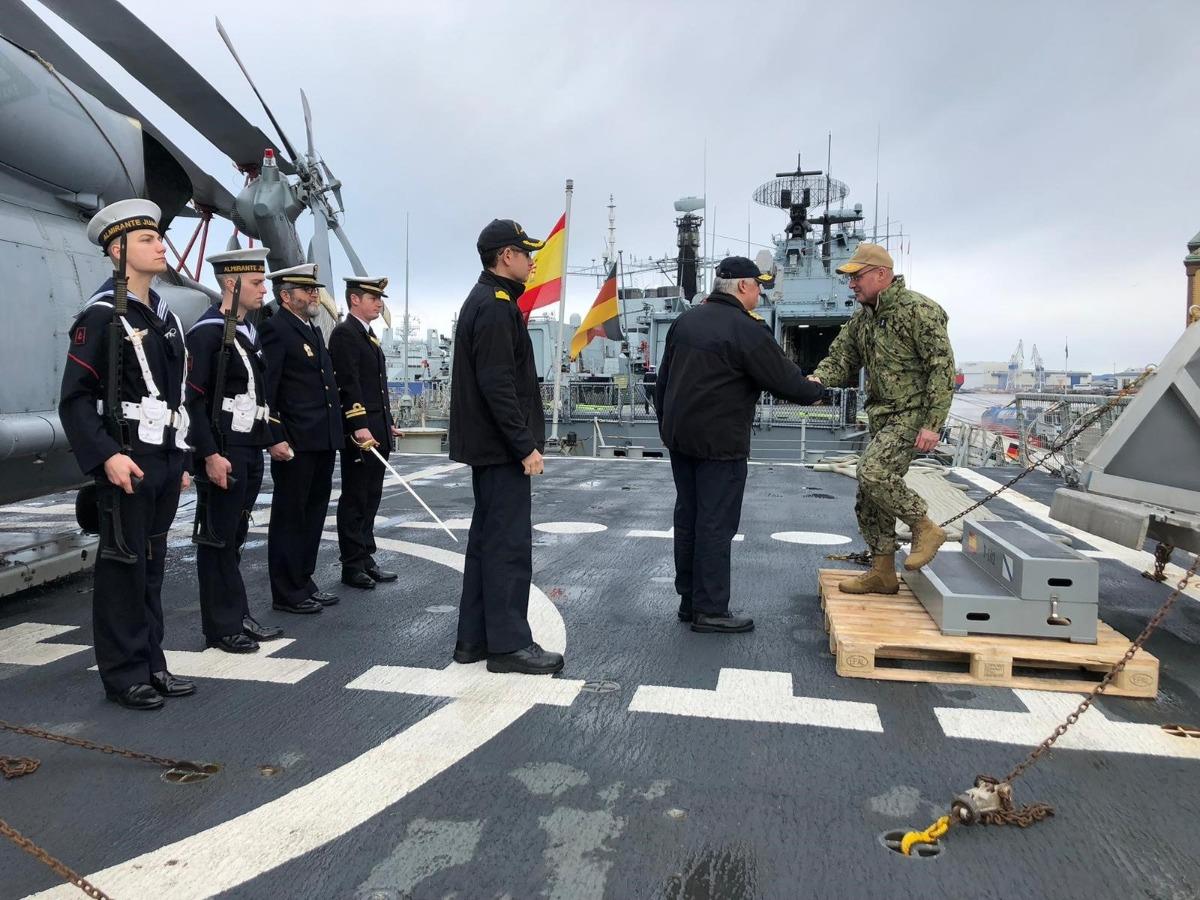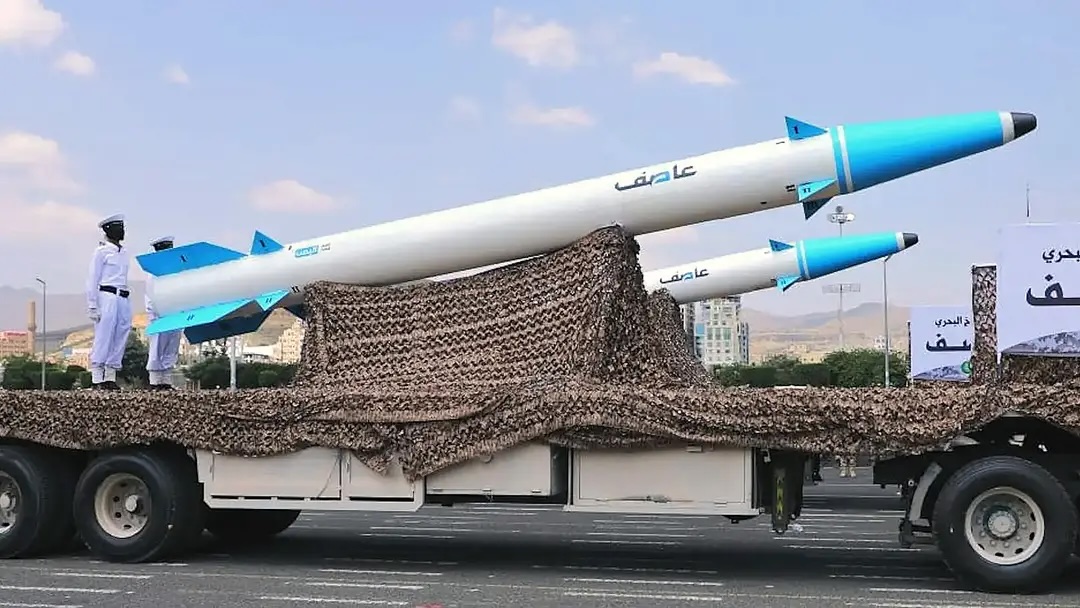
For the first time in combat, guided-missile destroyers fired missiles developed to intercept ballistic missiles during the U.S. response to the Iranian attack on Israel, USNI News has learned.
USS Arleigh Burke (DDG-51) and USS Carney (DDG-64), in the Eastern Mediterranean, fired four to seven Standard Missile 3s to intercept Iranian ballistic missiles headed toward Israeli targets over the weekend, two defense officials confirmed to USNI News on Monday.
Carney and Arleigh Burke have versions of the Aegis combat system that were modified to track and target ballistic missiles. The SPY-1D radar on the destroyers cues the SM-3 to attack the ballistic missile. The SM-3 transports a kill vehicle outside the atmosphere to intercept a ballistic missile near the height of its path from its launch point before it reenters the atmosphere to hit its target.
Both the destroyers were placed off the coast of Israel as part of the defensive measures against a Iranian strike in retaliation for an Israeli attack on an Iranian embassy in Syria.
It’s unclear what missiles the Iranians fired toward Israel, but, according to missile analyst Chris Carlson, the fact the Navy used SM-3s points to the likelihood the Iranians used some of its medium-range ballistic missiles with a range of up to 1,800 miles.
First deployed in early 2004 on U.S. cruisers and destroyers, the SM-3s have been part of the U.S. ballistic missile defense network across the world. In 2011, the U.S. announced it would deploy four U.S. BMD destroyers in Rota as part of the European Phased Adaptive Approach to BMD along with missile defense sites based on the Aegis technology in Poland and Romania that also use SM-3s. The EPAA was specifically created during the Obama administration to protect Europe from Iranian ballistic missiles.
Burke is currently part of the U.S. destroyer contingent in Rota, and Carney had previously been stationed there as part of the mission. Likewise, BMD destroyers and cruisers patrol near Japan and South Korea as a hedge against potential North Korean ballistic missile attacks.
While variants of the missile have been in use for more than two decades and have undergone a wide range of tests, they have never been used in a real-world situation.
“Until you use it in combat, there are always questions,” Carlson told USNI News.





